Take, for example, the work of Leonid Marushchak. The Ukrainian historian has spent the last several years evacuating dozens of museums across his country’s frontlines and ferrying items to undisclosed storage locations. When The Guardian interviewed him in July of 2024, Marushchak was driving hundreds of miles a day to rescue artifacts and had already saved tens of thousands. However, whether or not these items will ever have a chance to be displayed again is uncertain– especially since many of the museums from which they came have been destroyed or the areas around them abandoned.
Marushchak’s individual efforts stemmed from frustration with the bureaucratic delay in ordering museums to evacuate. Ukraine’s Minister for Culture could not authorize that order until regional authorities requested it. Numerous larger organizations, such as the ALIPH Foundation and the US Ambassadors Fund for Cultural Preservation, have also stepped in to provide funding and other kinds of support for everything from packing and transporting art to securing the buildings it came from.
Over a thousand miles south of Ukraine, similar efforts are underway in Gaza. Here, the damage to cultural landmarks is much more concentrated and immediately visible. More than 100 archeological sites and historic landmarks suffered damage during the first two months of conflict alone. While it is one thing to transport paintings and sculptures into safe bunkers under the Israel Museum in Jerusalem or the Tel Aviv Art Museum, it is another to try to save the Great Omari Mosque or the Church of Saint Porphyrius from harm.


![DEl Kathryn Barton [Australian b. 1972] the more than human love , 2025 Acrylic on French linen 78 3/4 x 137 3/4 inches 200 x 350 cm Framed dimensions: 79 7/8 x 139 inches 203 x 353 cm](/sites/default/files/styles/category_card_187x139/public/ab15211bartonthe-more-human-lovelg.jpg?itok=LJbNuU6F)

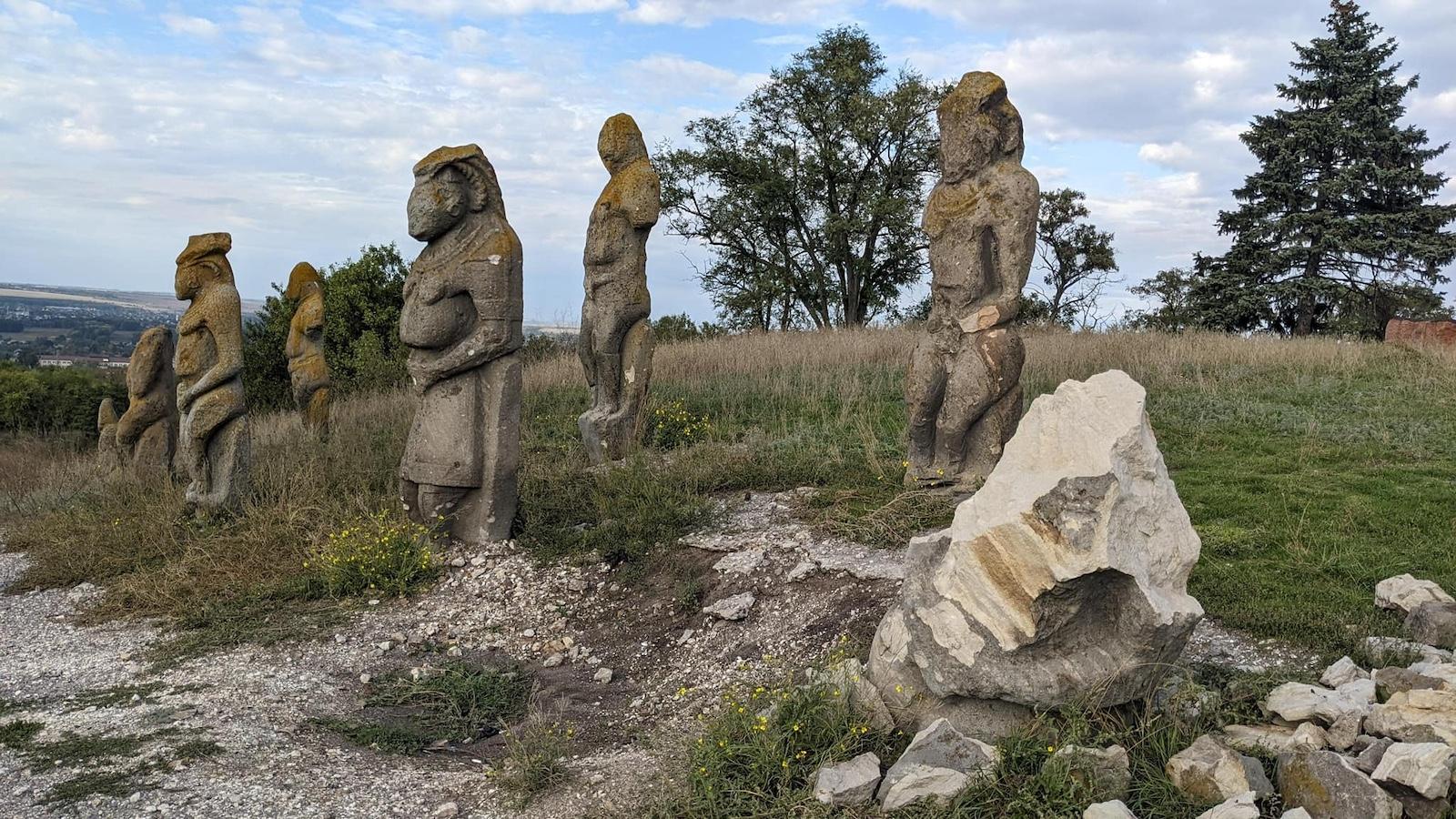
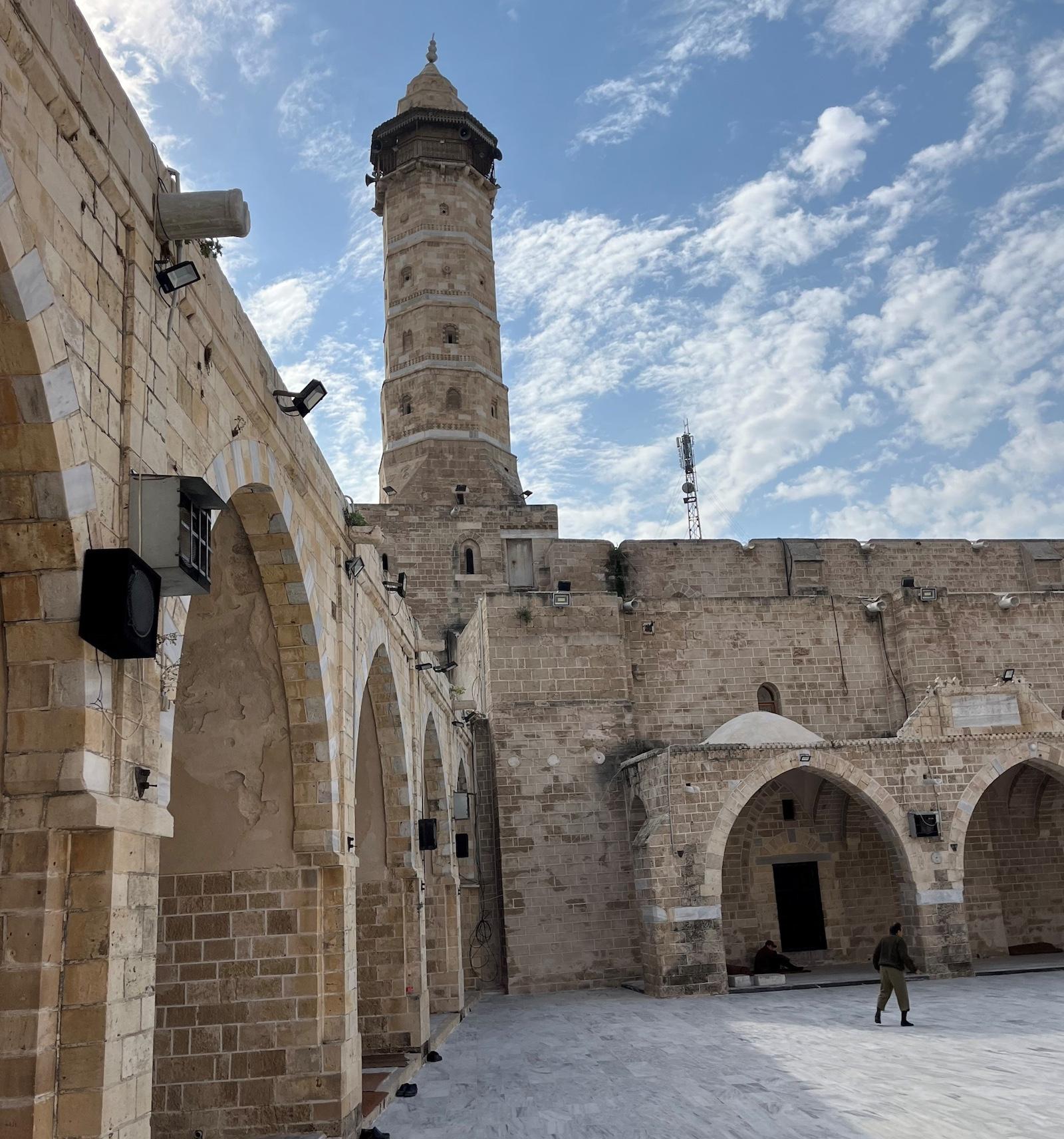
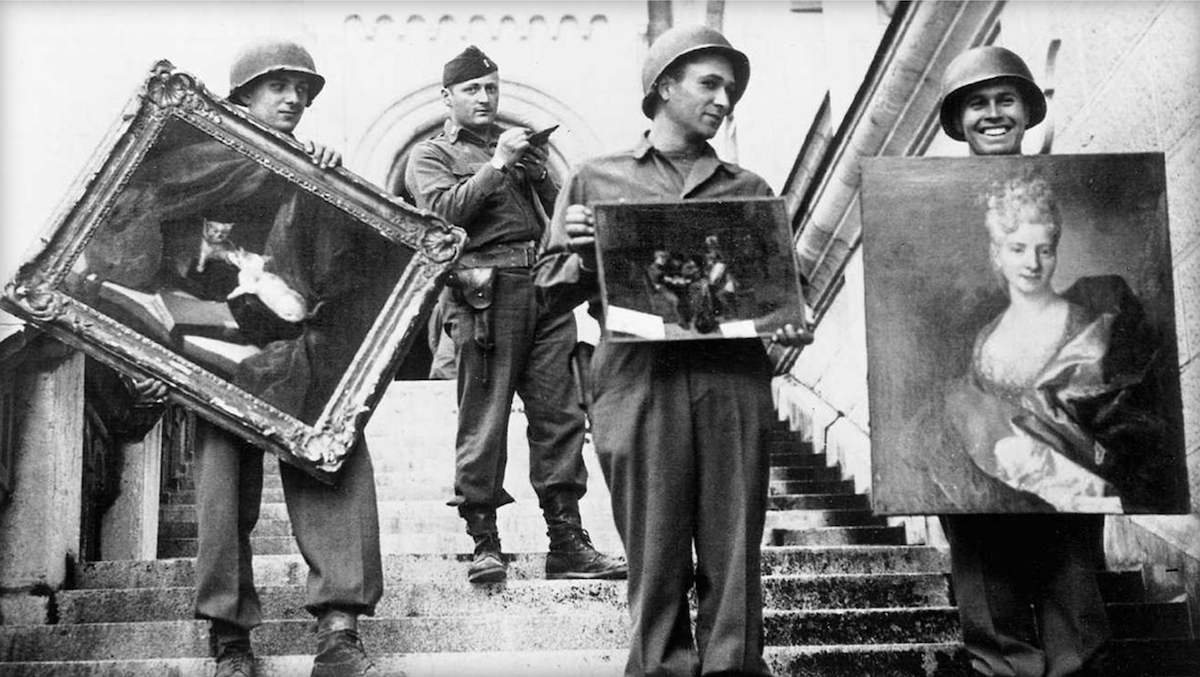

![DEl Kathryn Barton [Australian b. 1972] the more than human love , 2025 Acrylic on French linen 78 3/4 x 137 3/4 inches 200 x 350 cm Framed dimensions: 79 7/8 x 139 inches 203 x 353 cm](/sites/default/files/styles/image_5_column/public/ab15211bartonthe-more-human-lovelg.jpg?itok=wW_Qrve3)

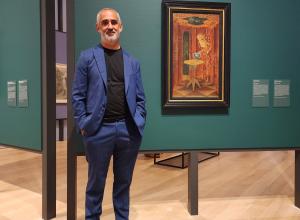


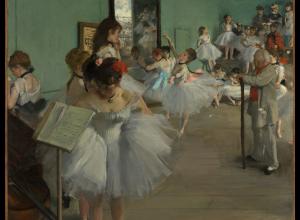








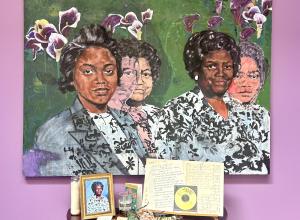

![Merina [Pop Chalee] Lujan, Taos, 1906 – 1993, Yellow Horse, gouache on paper, 13 1/8 x 18 1/8 in. (33.3 x 46 cm.) Estimate: 1,000 – 2,000](https://www.artandobject.com/sites/default/files/styles/image_5_column/public/4630-58.jpg?itok=kBAYkc0u)
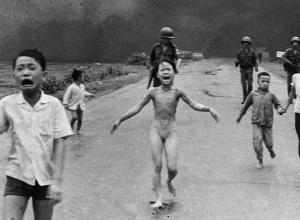


![Ginevra de’ Benci [obverse]. 1474/1478. Leonardo da Vinci. Oil on Panel. Ailsa Mellon Brue Fund, National Gallery of Art.](https://www.artandobject.com/sites/default/files/styles/image_5_column/public/ginevradebenciobverse196761a.jpg?itok=hIzdUTaK)


